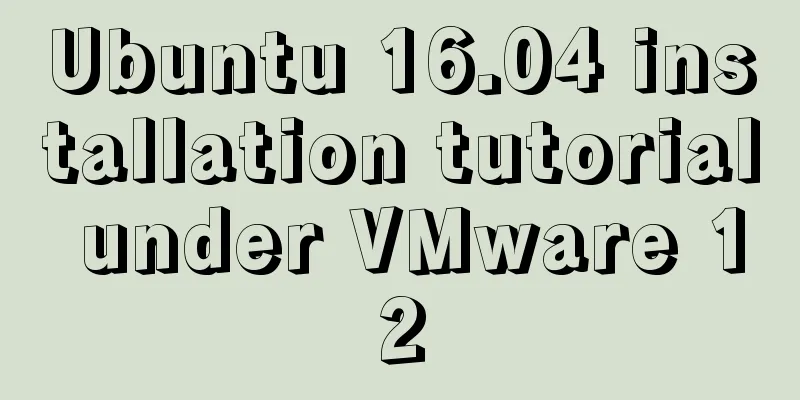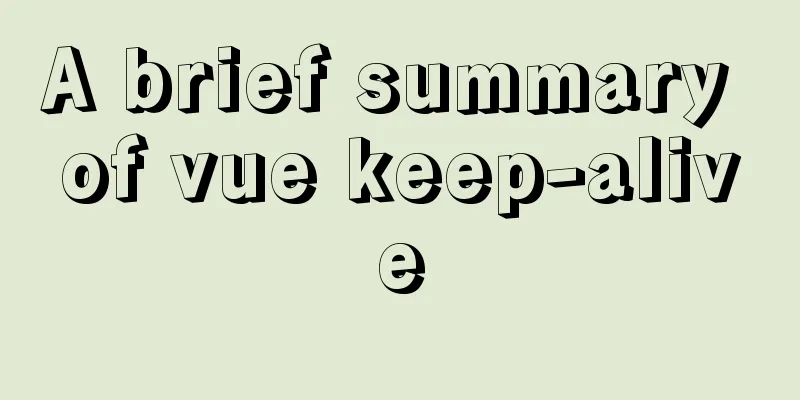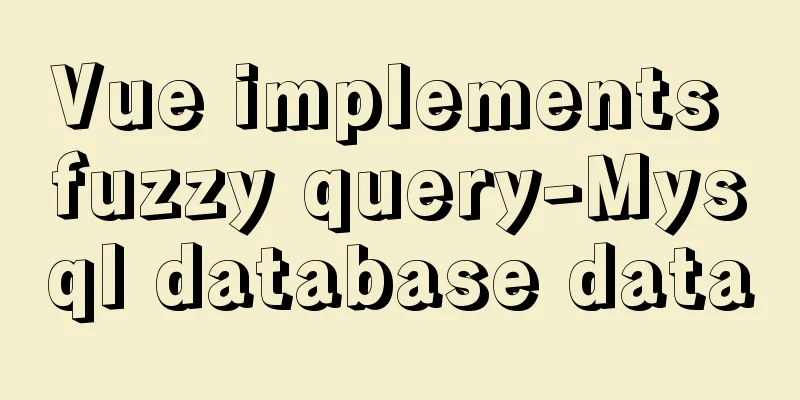Detailed explanation of mkdir command in Linux learning

PrefaceI have become more and more interested in Linux in recent days. The desire to see Tuckers again became stronger and stronger. Ever since it left me Until now I am still confused. I can't find it and I don't have any contact information. But the fire in my heart has been ignited. I started studying again under the moonlight. 1. Basic knowledge of file conceptsThe above commands are all operations on files or folders. So here comes the question:
To sum it up simply, files are those with extensions. Folders are those without extensions. The directory is the information in the address bar. But please note that in Windows system, you may not check the option to view file extensions. The extension name will not be displayed.
OK, now that you know the basics, So, Interested students can find the answer by themselves~ 2. mkdir CommandThrough the above understanding, We know that it is impossible for any system to put all files in one folder (directory). So how do we manage Linux files? The first thing to do is to create a folder. Storing your own files in categories also makes it easier to find them later. mkdir ( make directory ) is used to create a directory. Parameters Full Parameter Description -p–parents Recursively create multiple directories -m–mode=MODE Set directory permissions while creating the directory -v–verbose Display the directory creation process -Z Set the security context mkdir folder name You can see that you can create folders directly, but you cannot create multiple levels. The default permissions are 777 minus the mask
mkdir -p multi-level directory If there are multiple levels of folders that need to be created, this is a good and fast way to do it.
mkdir -m 755 folder name What should I do if I want to grant corresponding permissions to the created folder? This parameter makes you want to stop.
mkdir -v folder name Just output what folders were created. Love should be expressed out loud.
mkdir -Z folder name Set the security context, which is effective when SELinux is used; Currently there is no difference from normal creation.
This is the end of this article about the detailed explanation of the mkdir command in Linux learning. For more relevant Linux mkdir command content, please search for previous articles on 123WORDPRESS.COM or continue to browse the related articles below. I hope everyone will support 123WORDPRESS.COM in the future! You may also be interested in:
|
<<: Slot arrangement and usage analysis in Vue
>>: Several implementation methods of the tab bar (recommended)
Recommend
Detailed explanation of component development of Vue drop-down menu
This article example shares the specific code for...
Proxy realizes the principle of two-way binding of Vue3 data
Table of contents 1. Advantages of proxy vs. Obje...
Detailed explanation of building a continuous integration cluster service based on docker-swarm
Preface This article is just a simple record of m...
The problem of introducing specified font @font-face in CSS to be compatible with various browsers
When making a web page, if you want to use a spec...
MySQL 8.0.12 Simple Installation Tutorial
This article shares the installation tutorial of ...
Getting Started with MySQL - Concepts
1. What is it? MySQL is the most popular relation...
Div can input content without using input as an input box to block the automatic input style
Today I designed a dynamic window style for publis...
Solution to the problem of saving format in HTML TextArea
The format of textarea can be saved to the databas...
WeChat applet realizes the effect of swiping left to delete list items
This article shares the specific code for WeChat ...
Docker Swarm from deployment to basic operations
About Docker Swarm Docker Swarm consists of two p...
MySQL installation tutorial under Linux centos7 environment
Detailed introduction to the steps of installing ...
VMware Tools installation and configuration tutorial for Ubuntu 18.04
This article records the installation and configu...
JS addEventListener() and attachEvent() methods implement registration events
In JavaScript's DOM event model, events are r...
Several scenarios for using the Nginx Rewrite module
Application scenario 1: Domain name-based redirec...
Analysis and solution of Chinese garbled characters in HTML hyperlinks
A hyperlink URL in Vm needs to be concatenated wit...

















